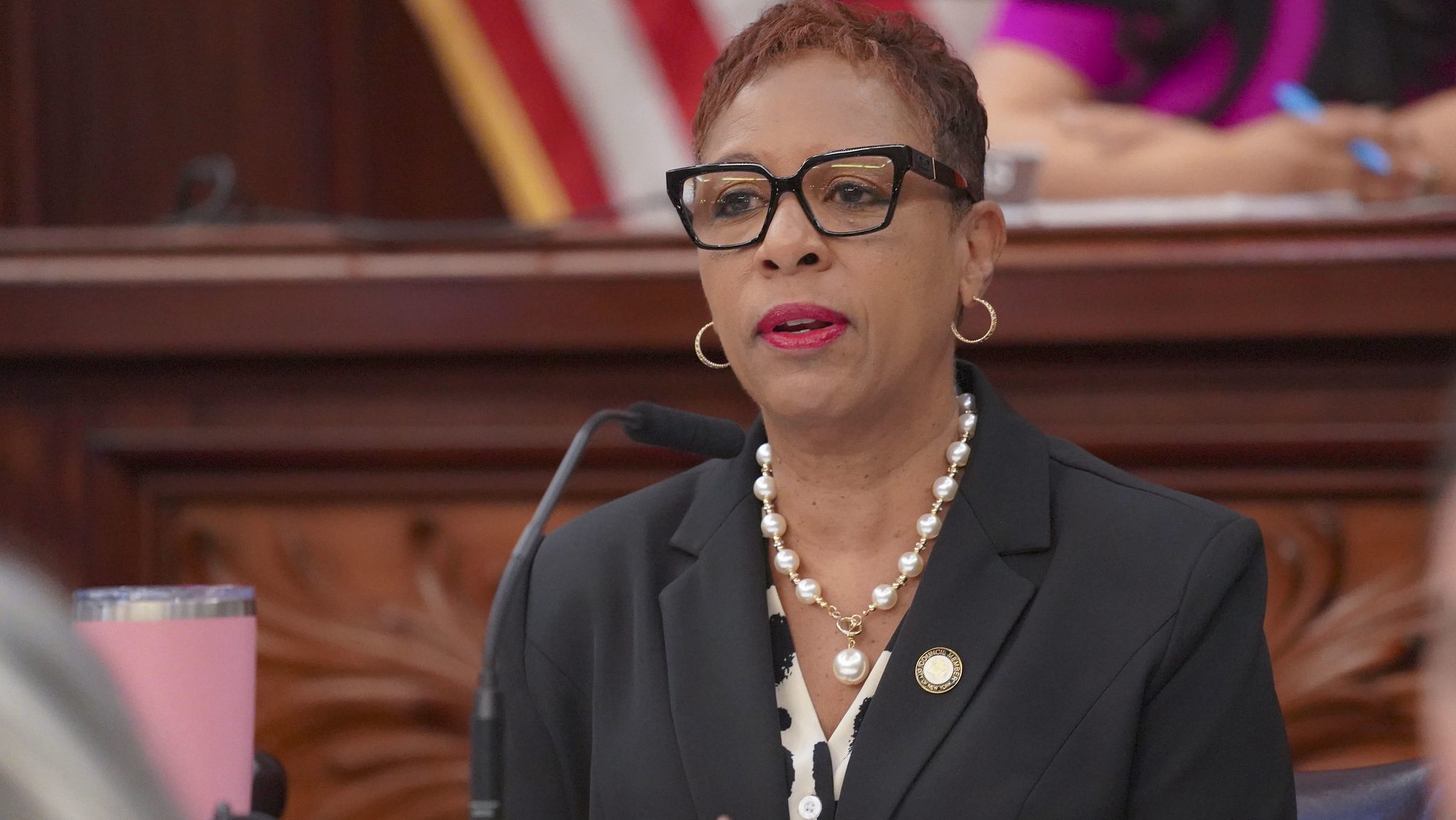Despite a policy book that included a top-notch street safety plank, Bill de Blasio never quite linked progressive transportation policy to social equity during the campaign. But the candidate's campaign promises to reduce inequality did focus on the high price of housing, including a pledge to require developers to set aside a certain percentage of their projects for below-market units. To make housing more affordable for everyone, the de Blasio administration will have to revamp the city's zoning code, and parking reform -- an affordable housing issue the Bloomberg administration barely touched -- should be part of that.

The Bloomberg administration's "inclusionary zoning" policy, launched in 2005, allows developers to build bigger projects in exchange for including affordable units. The program has yielded 2,700 units, which is 13 percent of the total number of units built in areas that qualify for inclusionary zoning. Affordable housing advocates say the city needs a more aggressive policy [PDF], and de Blasio has promised to make inclusionary zoning mandatory in a bid to deliver an ambitious 50,000 units of affordable housing in 10 years.
To create that many affordable units would require rezoning significant swaths of the city, as well as providing sufficient incentive for developers to build.
In most of New York outside the Manhattan core, developers are required to include off-street parking in new projects. Parking is expensive to build, with above-ground garages in New York costing at least $21,000 per space. That's a big cost that pushes up the price of housing in an already-unaffordable market, all while inducing more driving and congestion on city streets.
While parking reform on its own would deliver substantial economic and environmental benefits, mayors and planning commissioners often hesitate to address it as a standalone issue. In Washington, DC, parking reform was included as part of a comprehensive rewrite of the city's zoning code, and even then, reforms were watered down after drawing opposition from residents afraid that eliminating parking requirements would make it harder for them to find a place to park on the street.
Even the Bloomberg administration's biggest outer-borough parking reform was only a modest change, cutting parking requirements in Downtown Brooklyn in half, rather than eliminating them altogether. By and large, the Bloomberg administration has retained parking mandates as a way to appease residents skittish about new development, rather than eliminating them as a way to reduce the cost of housing and curb traffic.
Enter de Blasio's inclusionary zoning plan. De Blasio himself has acknowledged that parking adds to the cost of housing: "We need to fundamentally reevaluate the amount of parking included in new developments," he said in response to a StreetsPAC questionnaire. "That excess parking induces unnecessary driving, and it also adds costs to projects that make it more difficult to provide affordable housing in new construction."
De Blasio's platform also promises to target rezonings and new housing construction in "locations with strong transit connections, encouraging higher-density development at and around transit hubs, while preserving lower density neighborhoods located further from mass transit."
Since mandatory inclusionary zoning will have to entail significant upzonings, it makes sense to focus along transit corridors. These places also make for a natural first step in reforming the city's parking requirements.
Linking parking reform with mandatory inclusionary zoning could help sweeten the deal for all parties. Affordable housing mandates should be more appealing for developers if paired with the cost savings of parking reform. And by making inclusionary zoning mandatory, rezonings and parking reform could be seen by affected communities not as a harbinger of luxury condos, gentrification, and scarce on-street parking, but as a way to guarantee an increased supply of affordable housing in the transit-rich neighborhoods that need it.





